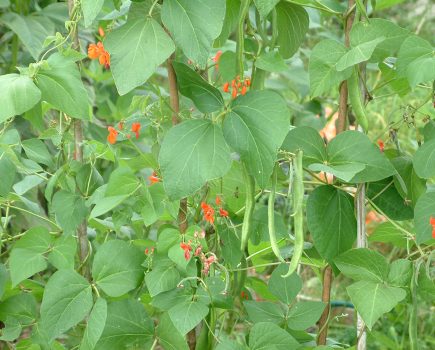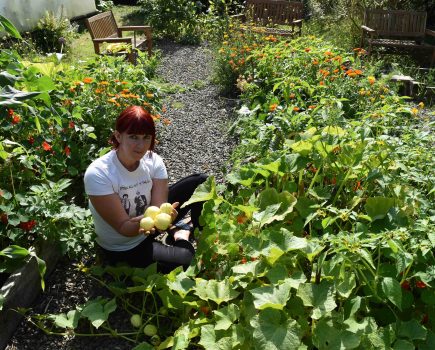Francis Nesbitt talks to Debbie Kingsley about his beautiful smallholding in Kilkenny, Ireland
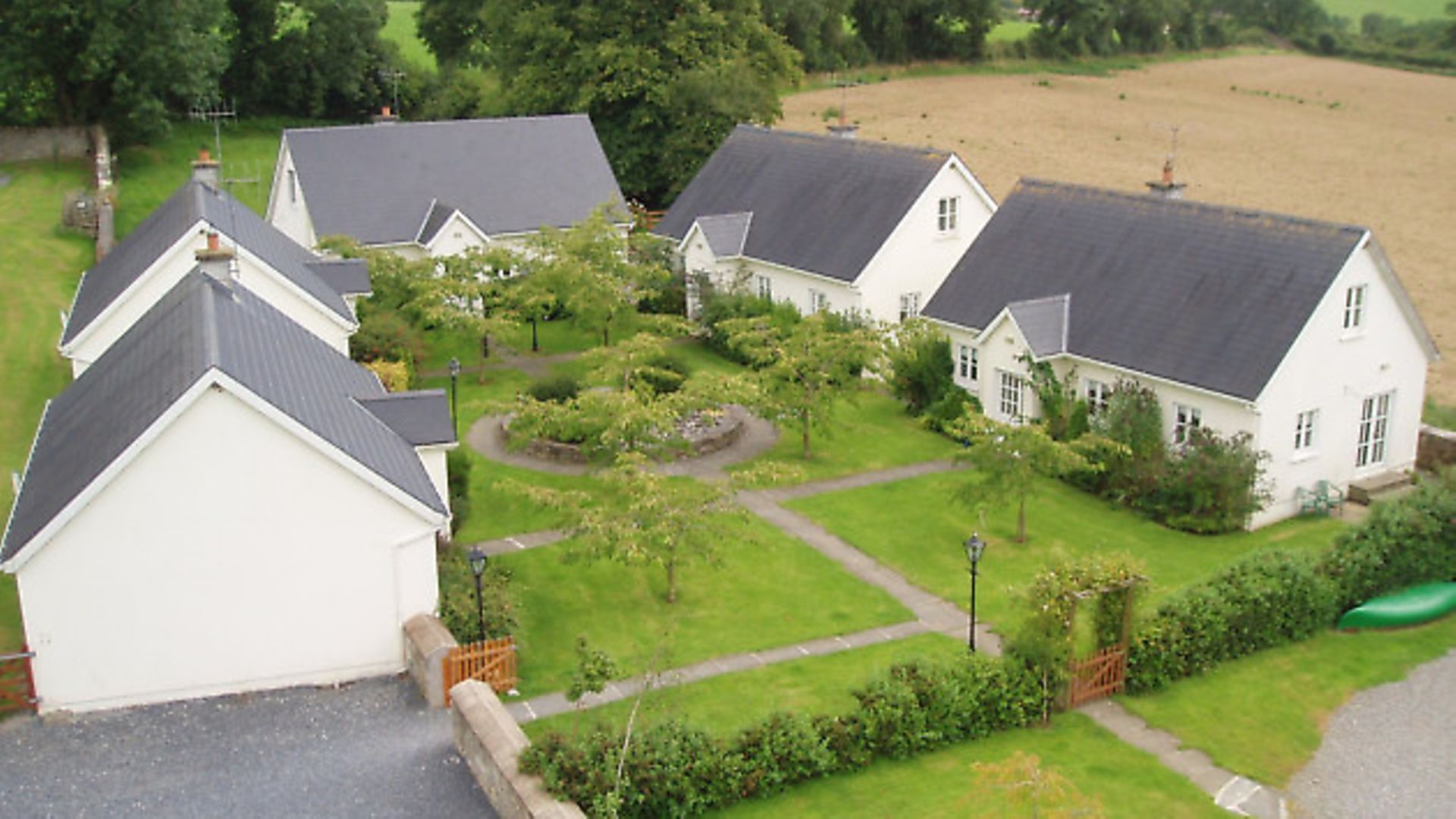
Francis Nesbitt and wife Niamh McCole, children Charlie (9) and Martha (8) live on a 10-acre smallholding at Kilkenny, the medieval capital of Ireland. “We’ve five holiday cottages and keep pigs, goats, chickens, sheep, a cow and calf, pea fowl, turkeys and two dogs and bees,” said Francis. “Occasionally the children put on their beekeeping gear and help when I’m managing the hives. We also grow a lot of veg and fruit in the walled garden. As seems to be the case with most smallholders, I also have a day job (I run a company that builds websites).
“Heading up to the garden to pick ingredients for dinner is what I dreamed of when I was living and working in Dublin. I grew up there, studying electronic engineering and computer science. Then followed a few years working in telecommunications before a stint in Sydney. Throughout all of that I grew vegetables when I could.
“As a kid, I was inspired by the man next door who dug up the entire lawn for veg, front and back! In the first house I owned in Dublin, I had a herb garden and small pond before I had curtains. In 2000, having outgrown the small garden and gone on one too many door-to-door duck hunts, I finally got a place in the country.
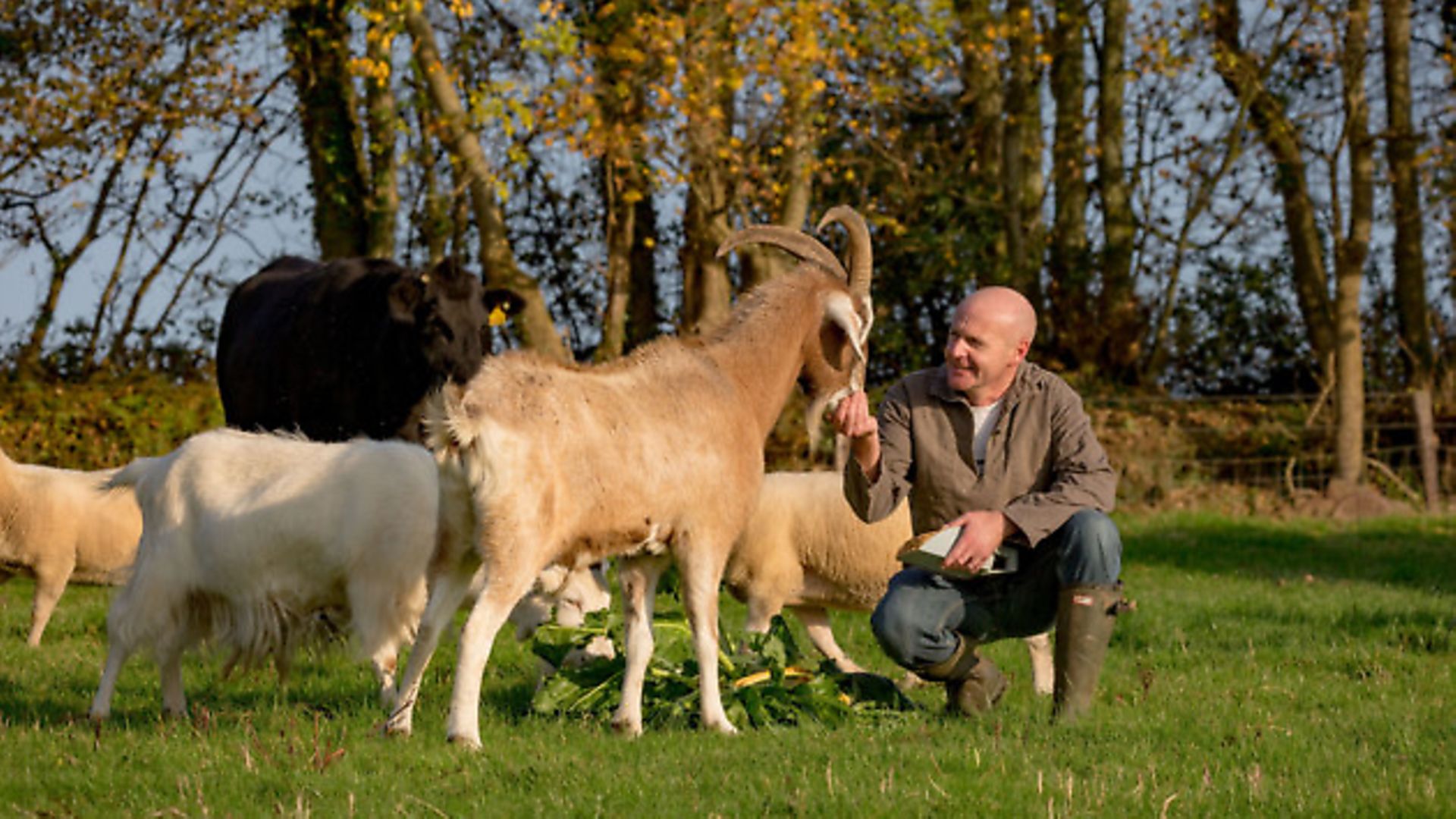
Tinalintan, then Croan House
“Tinalintan was a derelict farmhouse on 12 acres in the hills of North Kilkenny with a great party yard and space. I suspect like a lot of smallholders I was inspired by Hugh and life at River Cottage. I devoured and savoured those shows! Tinalintan had lots of space and I could fill it up with more than just ducks. First, Bella, a very special dog, still sorely missed, and then geese, chickens and pigs. I’ve never been without pigs or chickens since. But Tinalintan did not have space inside. I still had a place and my job in Dublin, but thought it would be good to find a place with potential to generate income. We spent over a year house-hunting before we finally visited Croan House.
“By the 1990s the house, built in 1743, had been abandoned and was used as an animal shelter. Thankfully, by the time we came to view in 2003, it had been mostly restored. The previous owner had built holiday cottages in the former stable yard. The gardens and fields were derelict and had grown into a complete jungle. It didn’t matter, the estate agent had me at the mention of a pond, and a secluded garden at the side of the house dissolved other reservations.
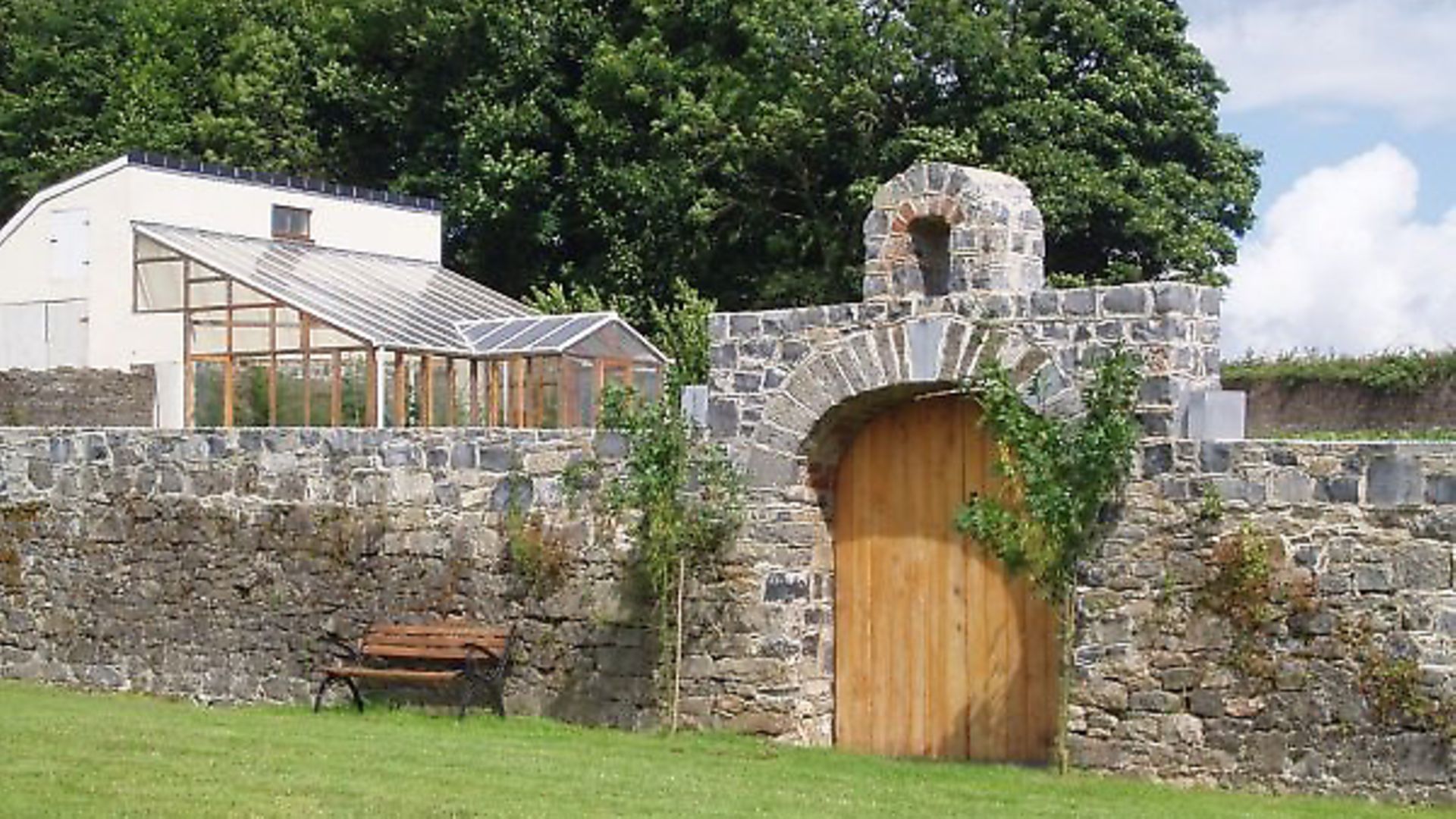
A discovery
“On our first night in the house we ran out of heating oil and discovered a disadvantage to the high ceilings – it was freezing! In an effort to warm up on day two I began to measure the paddocks for fencing – trying to tell hedgerow from scrub. Then I found a stone wall. I was delighted as that could save some wire. Then I found another wall approximately 50 metres away and running parallel. Could there possibly be…yes. The walled garden at Croan is almost exactly an acre. “It took us and the pigs two years to reclaim it and we had to replace one wall completely. By 2006 the walled garden was rabbit proof. We laid out four main beds and wall beds and the field, when cleared, stretched to 3.5 acres. I fenced it into smaller paddocks allowing me to manage the grass and move animals by myself. The house needed work but the cottages were well built and barely used, so we got these up and working straight away in 2004.
“I have help in the garden one day a week in spring and summer, but anything I can do to minimise the workload is good: erect self-feeders for poultry, run pipes to water troughs in every paddock (you cannot carry enough water to livestock), use automatic door closers for hens, and develop a good relationship with your neighbours so that they can help out if you want to get away for a night.
The beds and the livestock
“Willow, strawberries, veg seedlings and seed spuds cover approximately a third of the cost of help in the garden. A whole bed is given over to phacelia which the bees love. In two beds there’s fodder beet for winter and one for veg and willow. The willow we harvest and sell online as bare root or winter cuttings. We also sell strawberry plants in spring. The veg we use and leave out for guests in the cottages.
“Once the field was reclaimed I fenced it into four larger paddocks and four smaller ones. There’s a path through the middle so holiday cottage guests can visit the livestock. I built shelters on large skids so that they can be pulled with the Massey from paddock to paddock. I cut hay from three of the larger paddocks and normally get 200 bales each year which does us for winter.
“We keep two breeding ewes and this year had four lambs. I now do the shearing but for years we tagged along with neighbours’ flock. Foot rot is a problem here and I’m trying to eradicate it. The sheep and goats go through a foot bath in between paddock moves and I try to maximise their time out of each one. The sheep are all fine now but I picked up a lovely Zwartbles lamb this year and he suffered terribly. “Our Angus cow, Bo, produces a calf every year and is placid and friendly, eating from your hand, trots into the crush and will even clean your boots. In spring and autumn I deliver lawn cuttings to cattle, sheep and goats; they prefer it to hay.
The fruit, a labyrinth…and River Cottage
“This was a good year for apples in Kilkenny but not a single quince or walnut. The apples will be sorted, some stored, some used for baking and some juiced. Summer keeps me busy in the garden but I like to have a few fun projects on the go, otherwise this smallholding life can seem like all work. Over the past few years I’ve built a boules court and was inspired by Monty Don when I saw him mow a lawn labyrinth, so this year I laid out one of our own. In the winter, I get the chance to play with smaller bits of wood and I use local timber to make cake and chopping boards. “In 2014, I was involved in the establishment of a community food project in our local town and the resonances between our goals and the River Cottage ethos were obvious. I met Steven Lamb (smoking and curing expert) while on a fact finding visit to River Cottage HQ to talk about our project in Kilkenny and we immediately hit it off. He kindly came to Kilkenny with his family to lend support and we’ve been friends ever since. He’s been so generous in introducing us to the River Cottage team and in coming up with ideas for courses that are interesting and fun and which help spread their approach and ethos in Ireland.
Courses and a festival
In 2016, we started running the occasional smallholding courses plus foraging and other activities with the River Cottage team, and this year for Savour Kilkenny Festival of Food we hosted a smallholder gathering to share experiences and have a bit of a craic.
“Our courses are residential; participants stay in the five holiday cottages at Croan. We learn together, eat together and hang out for a weekend. The dining room transforms into a classroom for workshops and demos, though the entire smallholding becomes a classroom, from the greenhouses and gardens for fruit and vegetable related sessions, to the ditches and fields for foraging.
And what of future plans? “To run more cooking and smallholding courses, get some alpacas and continue to learn and enjoy great food”.
Image(s) provided by:
Archant




